PTC-209 (PTC209
Synonym(s):BMI-1 Expression Inhibitor, PTC-209 - CAS 315704-66-6 - Calbiochem;FLVI2/BMI1 Expression Inhibitor, MGC12685 Expression Inhibitor, PCGF4 Expression Inhibitor, PTC209; RNF51 Expression Inhibitor;N-(2,6-Dibromo-4-methoxyphenyl)-4-(2-methylimidazo[1,2-a]pyrimidin-3-yl)-2-thiazolamine
- CAS NO.:315704-66-6
- Empirical Formula: C17H13Br2N5OS
- Molecular Weight: 495.19
- MDL number: MFCD02110649
- EINECS: 808-910-7
- SAFETY DATA SHEET (SDS)
- Update Date: 2024-11-19 23:02:33
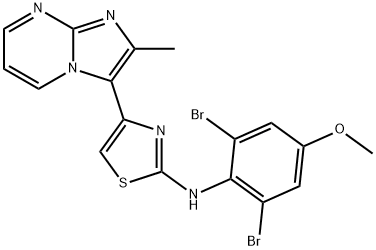
What is PTC-209 (PTC209?
Description
PTC-209 (315704-66-6) is an inhibitor of BMI-1 (IC50 = 500 nM), part of the polycomb repressive complex 1 (PCR1).1? It inhibited endogenous BMI-1 expression in human colorectal HCT116 and human fibrosarcoma HT1080 tumor cells resulting in reduced tumor volume as well as reduced cancer initiating cell (CIC) number.?? PTC-209 displayed potent in vivo antitumor effects in several cancer models including breast2, head and neck3, glioblastoma4, prostate5, colon5, and rhabdomyosarcoma6. It also promoted chemically-induced direct cardiac reprogramming of cardiac fibroblasts into cardiac myocytes.7,8
The Uses of PTC-209 (PTC209
Polycomb complex protein BMI-1 is a polycomb ring finger oncogene that regulates the p16 and p19 cell cycle inhibitor genes. It is necessary for efficient self-renewing cell divisions of stem cells in several tissues and can be over-expressed in tumors. PTC-209 is a BMI-1 inhibitor (IC50 = ~ 0.5 μM) that irreversibly impairs colorectal cancer-initiating cell (CIC) growth. It reduces tumor growth in CIC xenograft assays and abrogates colorectal cancer cell self-renewal in vivo, reducing their tumorigenic potential.[Cayman Chemical]
The Uses of PTC-209 (PTC209
PTC 209 is a compound involved in thedown-reglation of NOTCH signaling and aids in suppressing acute leukemia cells.
The Uses of PTC-209 (PTC209
PTC-209 has been used as a B lymphoma Mo-MLV insertion region 1 homolog (BMI1) inhibitor to study its effects on:
- the cell viability of canine osteosarcoma (OSA) cell lines
- lipidated microtubule-associated protein 1 light chain 3 (LC3B-II) and Sequestosome 1 (SQSTM1) protein levels in ovarian cancer (OvCa) cells
- cardiac reprogramming efficiency in mouse embryonic fibroblasts (MEF)
Biochem/physiol Actions
PTC-209 inhibits the expression of the oncogene BMI-1 (B lymphoma Mo-MLV insertion region 1 homolog), which encodes a polycomb group RING finger protein involved in cell cycle. PTC-209 lowers the self-renewal properties of colorectal cancer-initiating cells (CICs) The compound inhibits tumor growth, and reduces the levels of CICs present in colon cancer tumor xenografts in mice.
storage
Store at -20°C
References
Kreso et al. (2013), Self-renewal as a therapeutic target in human colorectal cancer; Nat. Med. 20 29 Srinivasan et al. (2017), Downregulation of Bmi1 in breast cancer stem cells suppresses tumor growth and proliferation; Oncotarget. 8 38731 Wang et al. (2017), Pharmacological inhibition of Bmi1 by PTC-209 impaired tumor growth in head neck squamous cell carcinoma; Cancer Cell Int. 17 107 Kong et al. (2018), Targeting of BMI-1 with PTC-209 inhibits glioblastoma development; Cell Cycle 17 1199 Elango et al. (2019), Concurrent targeting of BMI1 and CDK4/6 abrogates tumor growth in vitro and in vivo; Sci. Rep. 9 13696 Shields et al. (2021), Epigenetic regulator BMI1 promotes alveolar rhabdomyosarcoma proliferation and constitutes a novel therapeutic target; Mol. Oncol. 1002/1878-0261.12914 Guo et al. (2019), Chemical suppression of specific C-C chemokine signaling pathways enhances cardiac reprogramming; J. Biol. Chem. 294 9134 Testa et al.. (2020),Bmi1 inhibitor PTC-209 promotes Chemically-induced Direct Cardiac Reprogramming of cardiac fibroblasts into cardiomyocytes; Sci. Rep. 10 7129
Properties of PTC-209 (PTC209
| Density | 1.86±0.1 g/cm3(Predicted) |
| storage temp. | 2-8°C |
| solubility | DMSO: soluble20mg/mL, clear |
| pka | 3.77±0.30(Predicted) |
| form | powder |
| color | white to brown |
| Stability: | Stable for 1 year as supplied. Solutions in DMSO may be stored at -20°C for up to 3 months. |
| CAS DataBase Reference | 315704-66-6 |
Safety information for PTC-209 (PTC209
| Signal word | Danger |
| Pictogram(s) |
 Skull and Crossbones Acute Toxicity GHS06 |
| GHS Hazard Statements |
H301:Acute toxicity,oral |
| Precautionary Statement Codes |
P301+P310:IF SWALLOWED: Immediately call a POISON CENTER or doctor/physician. |
Computed Descriptors for PTC-209 (PTC209
New Products
4-Fluorophenylacetic acid 4-Methylphenylacetic acid N-Boc-D-alaninol N-BOC-D/L-ALANINOL Tert-butyl bis(2-chloroethyl)carbamate 3-Morpholino-1-(4-nitrophenyl)-5,6-dihydropyridin- 2(1H)-one Furan-2,5-Dicarboxylic Acid Tropic acid S-2-CHLORO PROPIONIC ACID ETHYL ISOCYANOACETATE 2-Bromo-1,3-Bis(Dimethylamino)Trimethinium Hexafluorophosphate (6-METHYL-[1,3]DITHIOLO[4,5-b]QUINOXALIN-2-ONE INDAZOLE-3-CARBOXYLIC ACID 4-IODO BENZOIC ACID (2-Hydroxyphenyl)acetonitrile 4-Bromopyrazole 5,6-Dimethoxyindanone 2-(Cyanocyclohexyl)acetic acid 4-methoxy-3,5-dinitropyridine 2-aminopropyl benzoate hydrochloride 1-(4-(aminomethyl)benzyl)urea hydrochloride diethyl 2-(2-((tertbutoxycarbonyl)amino) ethyl)malonate tert-butyl 4- (ureidomethyl)benzylcarbamate Ethyl-2-chloro((4-methoxyphenyl)hydrazono)acetateRelated products of tetrahydrofuran
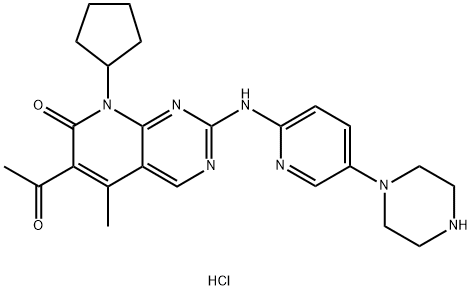
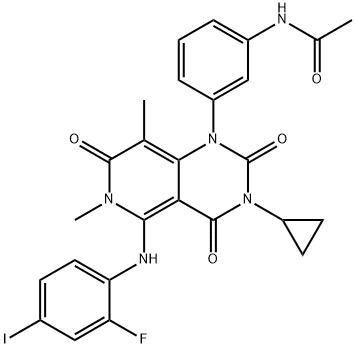
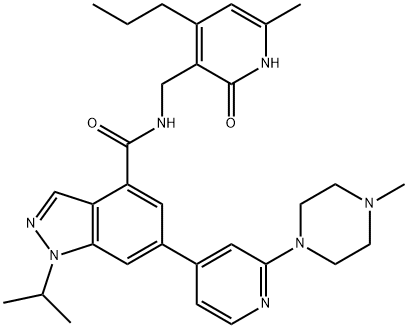
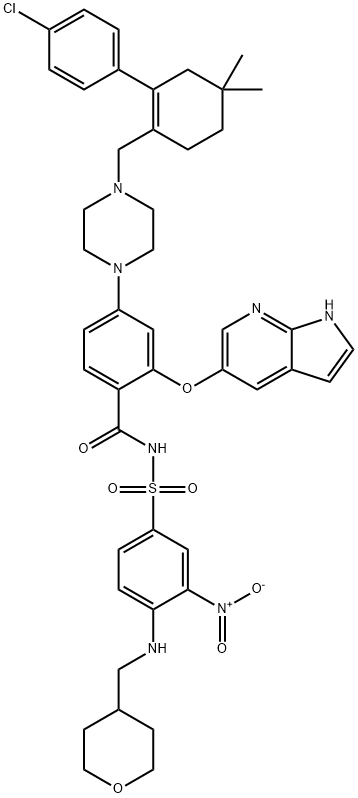
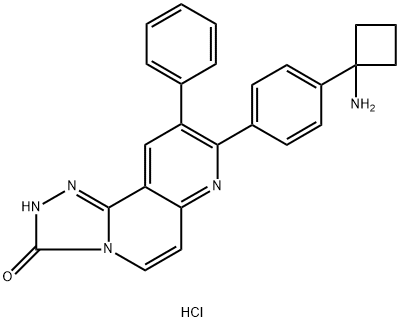
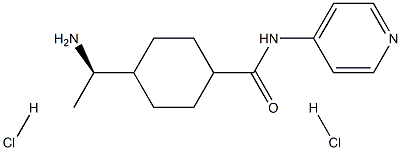
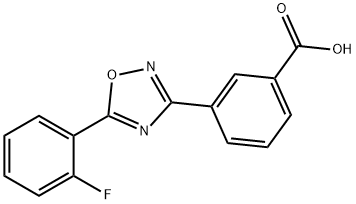
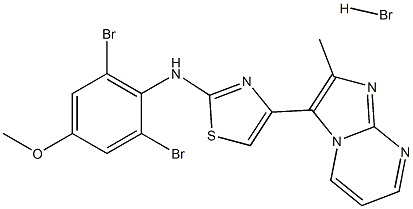
You may like
-
 PTC-209 >95% CAS 315704-66-6View Details
PTC-209 >95% CAS 315704-66-6View Details
315704-66-6 -
 BMI-1 Expression Inhibitor, PTC-209 CAS 315704-66-6View Details
BMI-1 Expression Inhibitor, PTC-209 CAS 315704-66-6View Details
315704-66-6 -
 1975-50-4 98%View Details
1975-50-4 98%View Details
1975-50-4 -
 2-HYDROXY BENZYL ALCOHOL 98%View Details
2-HYDROXY BENZYL ALCOHOL 98%View Details
90-01-7 -
 2-Chloro-1,3-Bis(Dimethylamino)Trimethinium Hexafluorophosphate 221615-75-4 98%View Details
2-Chloro-1,3-Bis(Dimethylamino)Trimethinium Hexafluorophosphate 221615-75-4 98%View Details
221615-75-4 -
 61397-56-6 CIS BROMO BENZOATE 98%View Details
61397-56-6 CIS BROMO BENZOATE 98%View Details
61397-56-6 -
 14714-50-2 (2-Hydroxyphenyl)acetonitrile 98+View Details
14714-50-2 (2-Hydroxyphenyl)acetonitrile 98+View Details
14714-50-2 -
 118753-70-1 98+View Details
118753-70-1 98+View Details
118753-70-1